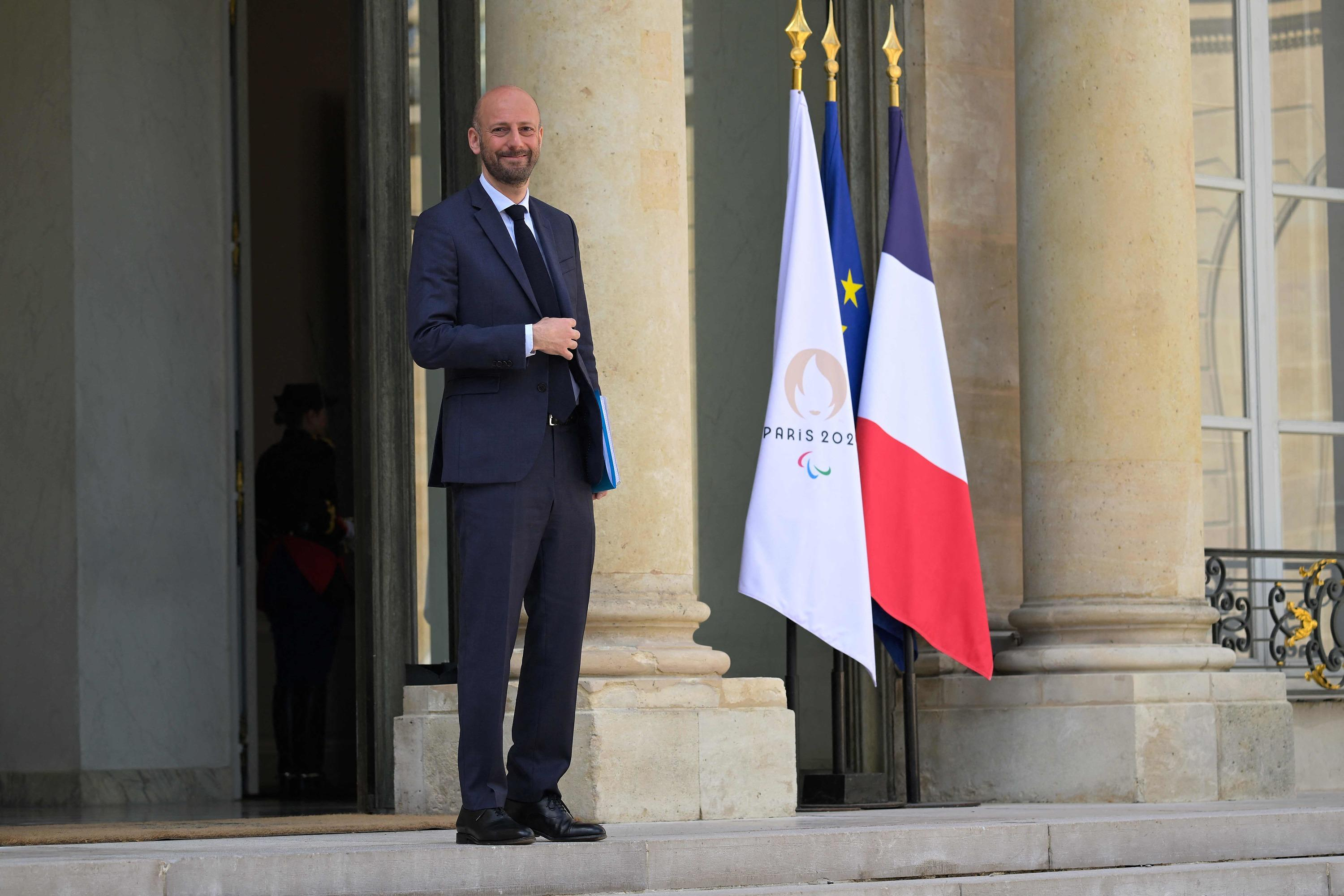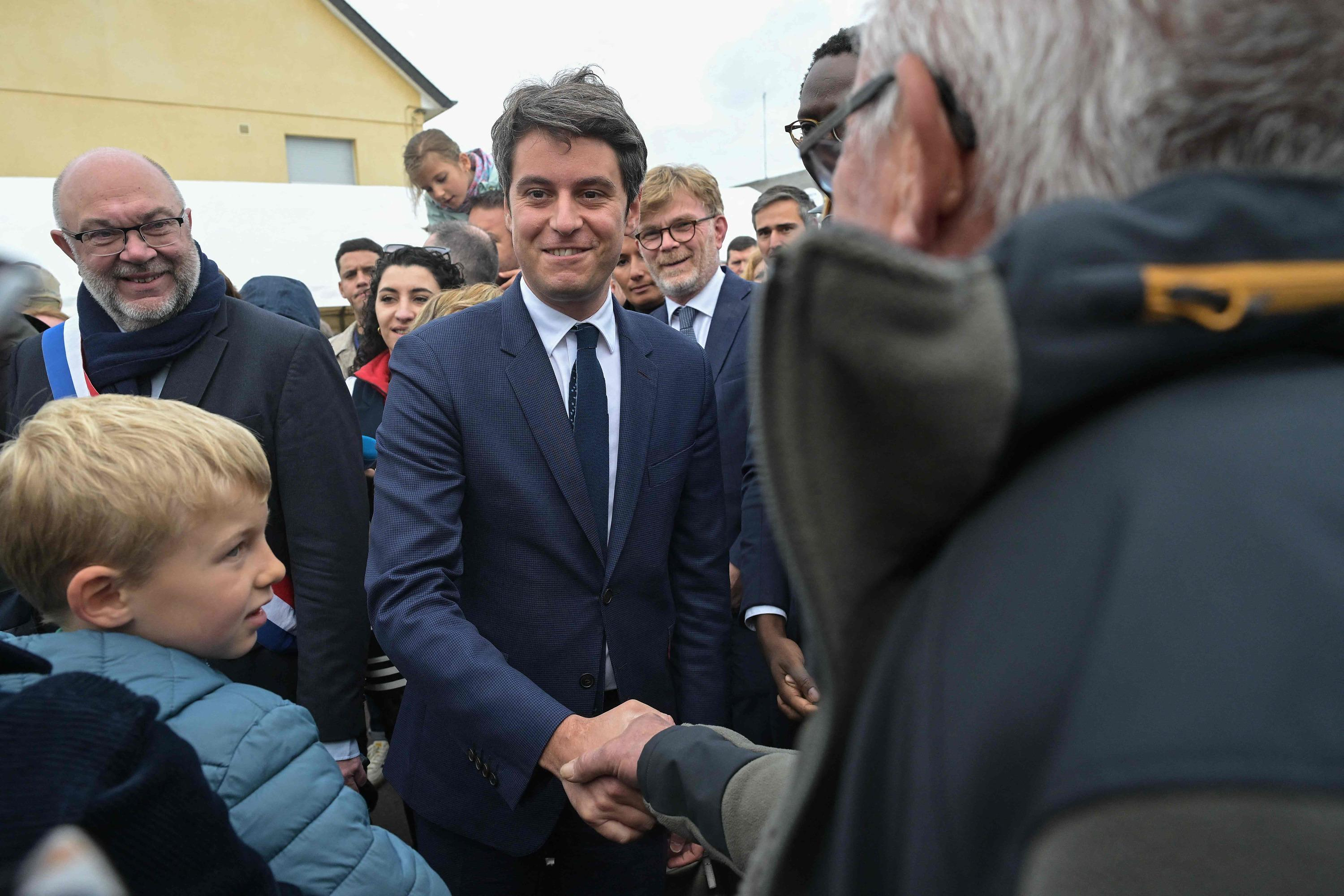On the portrait of Ramses II, the position of the scepter had been subtly modified, more than 3000 years ago: scientific imagery has revealed artistic retouching hitherto invisible on works from ancient Egypt, a sign that painters of the time knew how to free themselves from the rules of the art. Since the 19th century, Egyptology has considered Pharaonic art as very conventional, responding to restrictive stereotyped codes, recalls a study published Wednesday in PLOS One, the American journal of the Public Library of Science. The painters who worked in funeral chapels “did not escape these prejudices”, according to which they would have been content to transfer predefined patterns onto the walls of the walls, note the authors. But by exploring the tomb paintings in the Valley of the Kings, scientists have discovered traces of hitherto unsuspected inventiveness. In particular in the tomb of the priest Nakhtamon, decorated with a representation of Ramses II painted around 1200 years before our era. The Pharaoh is depicted in profile, wearing a headdress and necklace, armed with a royal scepter. Behind the visible image hides a completely different composition, revealed by new portable imaging and chemical analysis techniques, which allow the works to be studied on site, without damaging them.
The tools are arranged on a small robot moving along the painted walls. Thanks to its vision at different light wavelengths (X-rays, ultraviolet, infrared, etc.), the robot can “scan matter” in depth, like a medical scanner, explains to AFP Philippe Walter, researcher at the French National Center for Scientific Research (CNRS) and co-author of the study. After only a few moments, features appeared completely invisible to the naked eye: an underlying necklace and headdress that “does not have the shape that we see today”, describes the specialized chemist in the study of cultural heritage materials. The position of the royal specter had also been retouched, to follow a new outline of the shoulders of Ramses II - much lower than in the first version. "We did not expect to see such modifications on a representation of pharaoh supposed to be very formal" and frozen in time, says Egyptologist Philippe Martinez, CNRS researcher and co-author of the study.
The investigation carried out by an interdisciplinary team unearthed similar alterations in a burial dating from approximately the same period (between 1400 and 1200 years before our era): the tomb of Menna, where a painting represents this nobleman of Luxor the two arms outstretched towards the god of the dead Osiris, as a sign of adoration. Implicitly, we guessed the presence of a "third" arm, which the study confirmed: during the design, Menna's arm was moved to get closer to his face. Chemical analyzes further showed changes in the pigments used for the color of the character's flesh. How many years passed between touch-ups? Were they made by the same painters? Difficult to know, but scientists consider them important enough to see in them a “freedom of creation”. This shatters the vision of an art “where the entire layout is prepared in advance and where the artist would not invent anything facing the wall”, analyzes Philippe Martinez.
The Egyptologist, on the contrary, assumes a complex approach. Whether by a sponsor or by the painter himself, she came to correct a "work that was not judged nefer", a term meaning perfection in the ancient Egyptian language - which does not contain any known word to designate art. Because he changes "the very composition of the image", the artist makes "a coherent choice", bringing a personal touch which has nothing to do with the restoration of a painting, adds Philippe Walter. "We find this same complex approach in the great painters of the Renaissance: Titian who changes the angle of his faces, Raphael the position of the leg of Christ...", notes the expert. If the practice were confirmed in other works of ancient Egypt, Pharaonic art would then come closer to our "current aesthetic standards, nourished by Greco-Roman art", suggests Philippe Martinez.

 B:SM will break its investment record this year with 62 million euros
B:SM will break its investment record this year with 62 million euros War in Ukraine: when kyiv attacks Russia with inflatable balloons loaded with explosives
War in Ukraine: when kyiv attacks Russia with inflatable balloons loaded with explosives United States: divided on the question of presidential immunity, the Supreme Court offers respite to Trump
United States: divided on the question of presidential immunity, the Supreme Court offers respite to Trump Maurizio Molinari: “the Scurati affair, a European injury”
Maurizio Molinari: “the Scurati affair, a European injury” First three cases of “native” cholera confirmed in Mayotte
First three cases of “native” cholera confirmed in Mayotte Meningitis: compulsory vaccination for babies will be extended in 2025
Meningitis: compulsory vaccination for babies will be extended in 2025 Spain is the country in the European Union with the most overqualified workers for their jobs
Spain is the country in the European Union with the most overqualified workers for their jobs Parvovirus alert, the “fifth disease” of children which has already caused the death of five babies in 2024
Parvovirus alert, the “fifth disease” of children which has already caused the death of five babies in 2024 The A13 motorway will not reopen on May 1
The A13 motorway will not reopen on May 1 More than 1,500 items for less than 1 euro: the Dutch discounter Action opens a third store in Paris
More than 1,500 items for less than 1 euro: the Dutch discounter Action opens a third store in Paris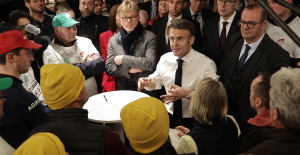 100 million euros in loans, water storage, Ecophyto plan… New measures from the executive towards farmers
100 million euros in loans, water storage, Ecophyto plan… New measures from the executive towards farmers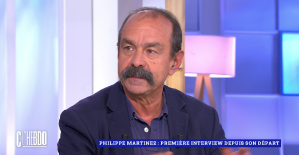 “He is greatly responsible”: Philippe Martinez accuses Emmanuel Macron of having raised the RN
“He is greatly responsible”: Philippe Martinez accuses Emmanuel Macron of having raised the RN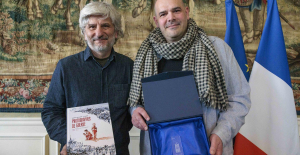 Les Galons de la BD dedicates War Photographers, a virtuoso album on the Spanish War
Les Galons de la BD dedicates War Photographers, a virtuoso album on the Spanish War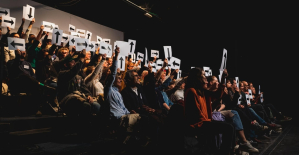 Theater: Kevin, or the example of an academic failure
Theater: Kevin, or the example of an academic failure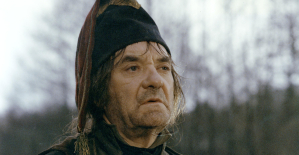 The eye of the INA: Jean Carmet, the thirst for life of a great actor
The eye of the INA: Jean Carmet, the thirst for life of a great actor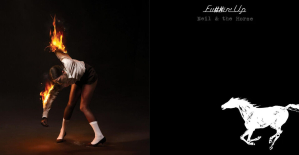 The Nuc plus ultra: St Vincent the Texane and Neil Young the return
The Nuc plus ultra: St Vincent the Texane and Neil Young the return Skoda Kodiaq 2024: a 'beast' plug-in hybrid SUV
Skoda Kodiaq 2024: a 'beast' plug-in hybrid SUV Tesla launches a new Model Y with 600 km of autonomy at a "more accessible price"
Tesla launches a new Model Y with 600 km of autonomy at a "more accessible price" The 10 best-selling cars in March 2024 in Spain: sales fall due to Easter
The 10 best-selling cars in March 2024 in Spain: sales fall due to Easter A private jet company buys more than 100 flying cars
A private jet company buys more than 100 flying cars This is how housing prices have changed in Spain in the last decade
This is how housing prices have changed in Spain in the last decade The home mortgage firm drops 10% in January and interest soars to 3.46%
The home mortgage firm drops 10% in January and interest soars to 3.46% The jewel of the Rocío de Nagüeles urbanization: a dream villa in Marbella
The jewel of the Rocío de Nagüeles urbanization: a dream villa in Marbella Rental prices grow by 7.3% in February: where does it go up and where does it go down?
Rental prices grow by 7.3% in February: where does it go up and where does it go down? Even on a mission for NATO, the Charles-de-Gaulle remains under French control, Lecornu responds to Mélenchon
Even on a mission for NATO, the Charles-de-Gaulle remains under French control, Lecornu responds to Mélenchon “Deadly Europe”, “economic decline”, immigration… What to remember from Emmanuel Macron’s speech at the Sorbonne
“Deadly Europe”, “economic decline”, immigration… What to remember from Emmanuel Macron’s speech at the Sorbonne Sale of Biogaran: The Republicans write to Emmanuel Macron
Sale of Biogaran: The Republicans write to Emmanuel Macron Europeans: “All those who claim that we don’t need Europe are liars”, criticizes Bayrou
Europeans: “All those who claim that we don’t need Europe are liars”, criticizes Bayrou These French cities that will boycott the World Cup in Qatar
These French cities that will boycott the World Cup in Qatar Paris 2024 Olympic Games: “It’s up to us to continue to honor what the Games are,” announces Estanguet
Paris 2024 Olympic Games: “It’s up to us to continue to honor what the Games are,” announces Estanguet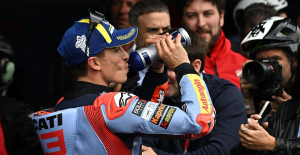 MotoGP: Marc Marquez takes pole position in Spain
MotoGP: Marc Marquez takes pole position in Spain Ligue 1: Brest wants to play the European Cup at the Stade Francis-Le Blé
Ligue 1: Brest wants to play the European Cup at the Stade Francis-Le Blé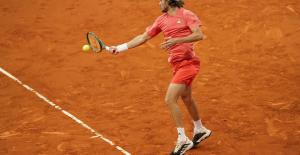 Tennis: Tsitsipas released as soon as he entered the competition in Madrid
Tennis: Tsitsipas released as soon as he entered the competition in Madrid




